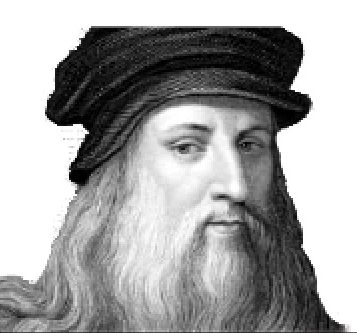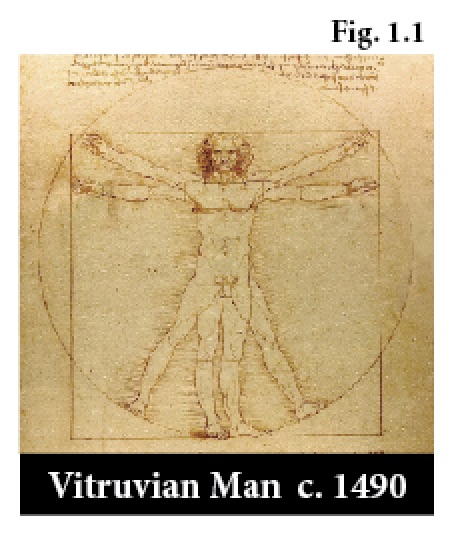
Leonardo da Vinci was born on April 15, 1453 in Vinci, in Tuscany, Italy. Described as the “quintessential Renaissance Man,” Leonardo da Vinci–a person compelled by an insatiable curiosity to address the broadest spectrum of intellectual disciplines ever embraced by a human being–became the icon for the polymath.
At age 14, the family moved to Florence and, while Leonardo had no formal schooling, he did receive informal training in Latin and mathematics–a subject with which he struggled, as he regarded the repetitive rehearsal of arithmetic algorithms and the procedures of algebra to be mind-deadening. His interest in geometry, however, was piqued by his recognition that it underpinned so much of the visual world around him.
His relentless curiosity impelled his investigation of projective geometry to capture a 3-dimensional vista on a 2-dimensional canvas. He applied a meticulous study of light and its properties to his paintings so that he could imitate how light casts shadows on the folds of a cascading garment. In his painting titled “The Last Supper” he combined this knowledge with his mastery of the geometric rules of perspective to create the illusion of depth. The result was described by biographer Walter Isaacson as “the most spell-binding narrative painting in history.”
Leonardo’s extensive dissection of cadavers to study human physiology, enabled him to display the human form in its exact proportions, as depicted in his famous sketch Vitruvian man.

From his dissections, Leonardo da Vinci acquired a detailed knowledge of the facial muscles that express specific emotions and observed how their activation is displayed in patterns of light and shadow. This enabled him to paint the enigmatic smile of Mona Lisa that has enchanted generations of people who marvel at the magnitude of his genius.
Leonardo’s unrelenting creativity also found an outlet through technological innovation. He sketched plans for helicopters, flying machines, perpetual motion machines, and a host of other engineering artifacts–some viable and some not. Though Leonardo is best known for his art, this talent was underpinned by mathematics and science, as he acknowledged in his famous quote, “The merit of painting lies in the exactness of reproduction. Painting is a science and all sciences are based on mathematics. No human enquiry can be a science unless it pursues its path through mathematical exposition and demonstration.”
